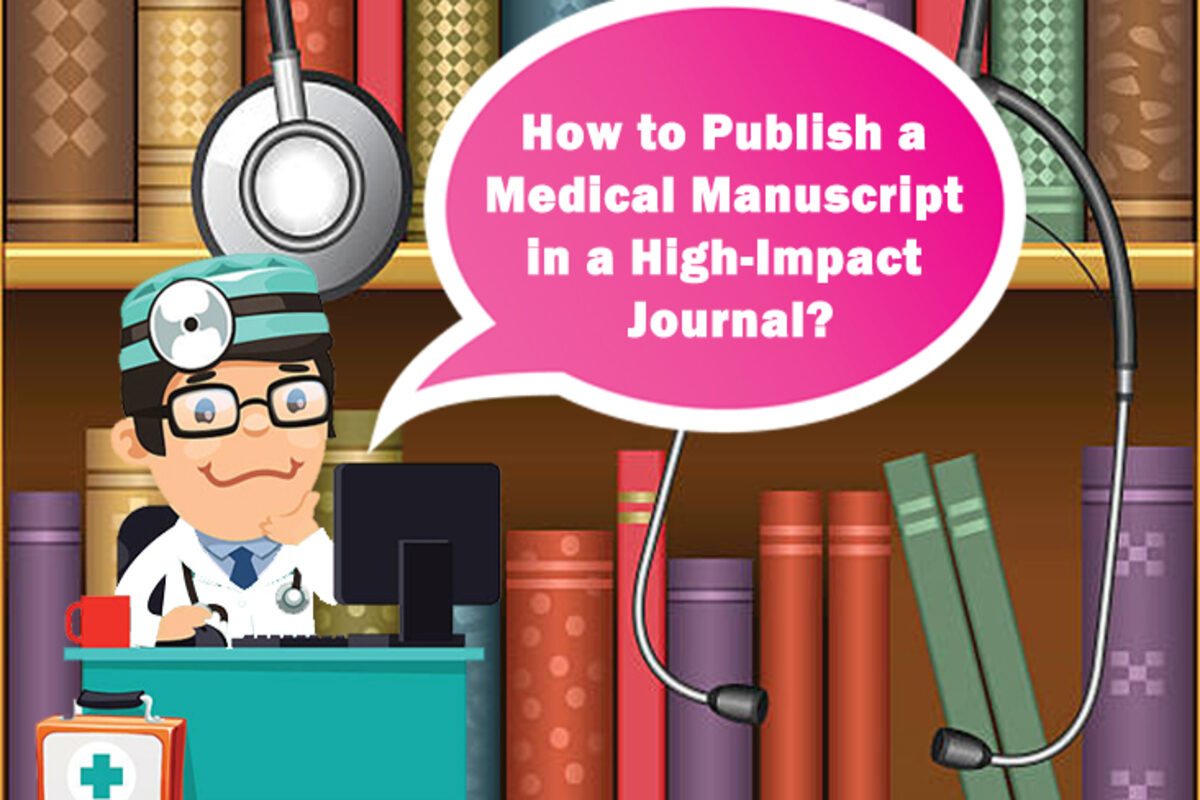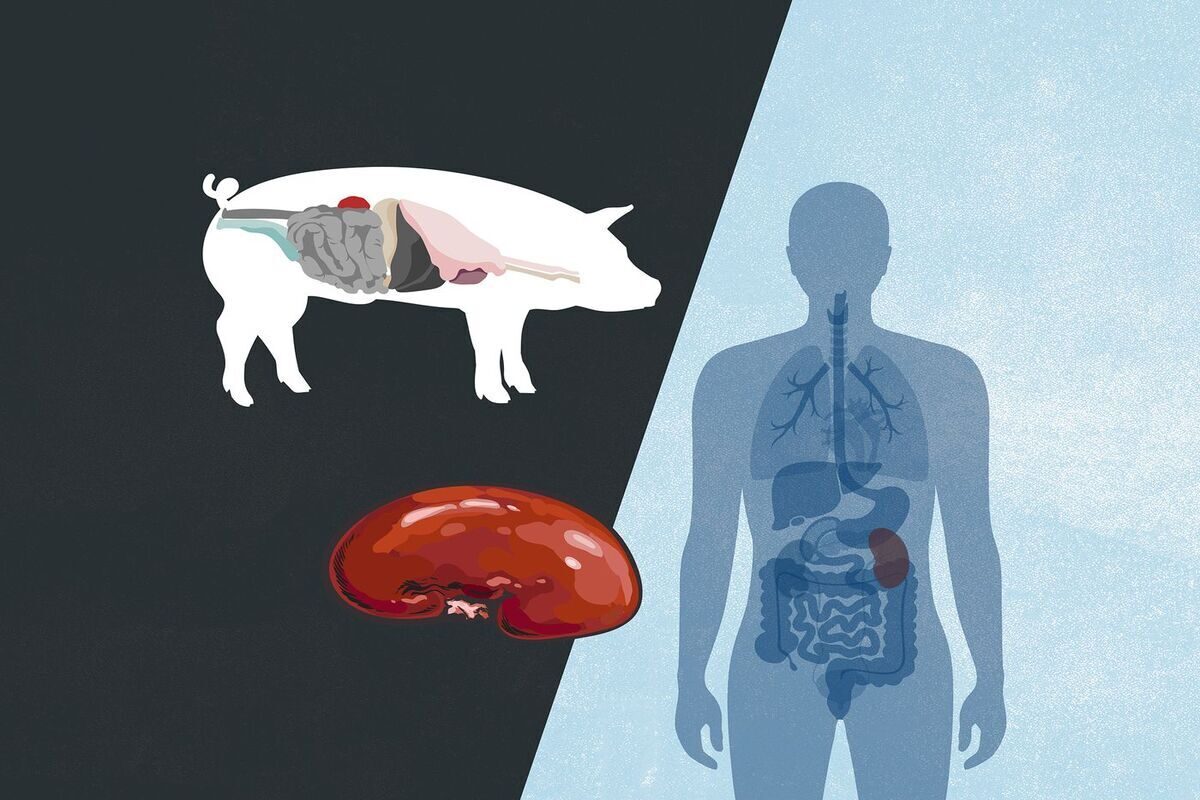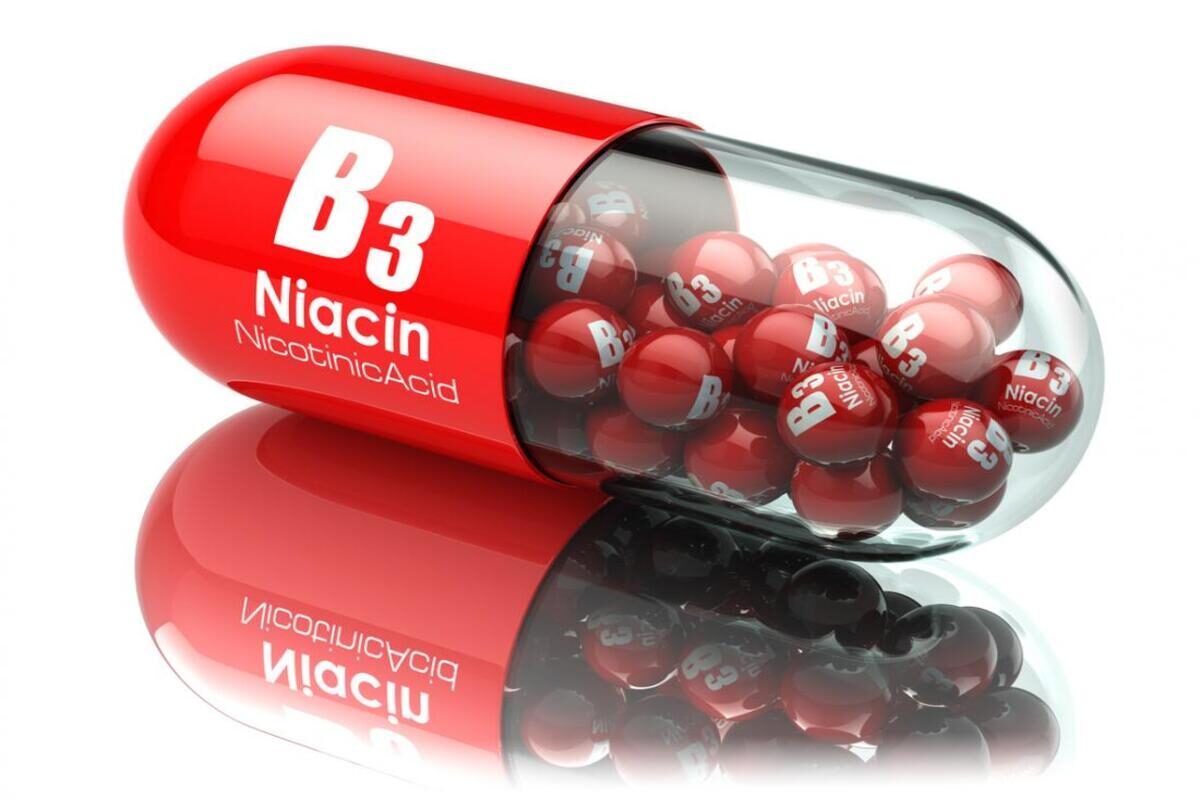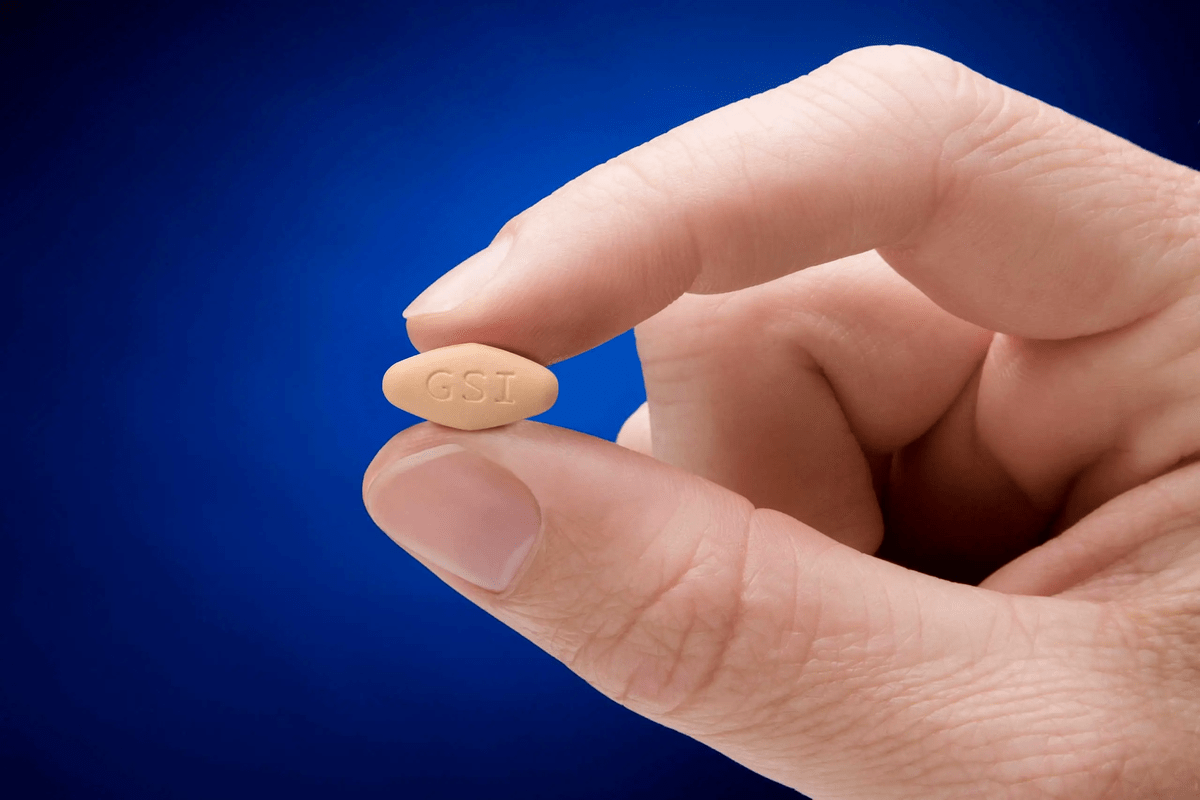There is nothing more satisfying than seeing your research being published and visible to the outside world. After all, scientific publications connote an ongoing progress in the medical domain, and being its part is everyone’s dream.
Medical publications are the means to let the readers know about the advances in the knowledge of human anatomy, physiology, and medicine. Therefore, the knowledge they provide must be accurate, valid, trustworthy, and clinically useful. In other words, medical journals must exist primarily for their readers; to inform and instruct them about the new advances in the medical field and not only advertise about one’s work.
However, to get your medical manuscript published in a high-impact journal, you need to have the basic knowledge of the principles of scientific research and publishing, which is the mainstay of this blog.
Let’s highlight the essential steps to follow in order to publish your medical manuscript in a high-impact medical journal.
I. Do a good research
What makes up a good medical research?
One which is based on some logical rationale, addresses a real problem, has a clear-cut goal, is carried out in a systematic and unbiased manner, and is replicable, verifiable, and incremental in nature.
5 Quick Steps For Good Research Are:
A. Choose a good research unit with a good mentor
If you are new to the field of scientific research, you need a good mentor from high-impact units to guide you through the pitfalls and scientific follies associated with the research study.
B. Formulate your research question
which must stem out from a clinically important disease having a significant burden on the society. Go through the previous works and literature on your research topic to know what has been done and what more you can do.
C. Articulate the goal of your research
The ultimate goal of any medical research is to provide verified and valid information about the advances in the medical field that could be used for the benefit of the suffering humanity. Ensure that your research study will be able to fulfill this goal. Furthermore, having a clear view of your goal keeps you focused and systematic in conducting your research.
D. Collaborate with national or international groups having expertise in the area of your research. Such studies are more valid and have a higher impact than the ones carried out at one centre.
E. Have a sound study design
Designing your research study, what volunteers you will choose, what age and sex, how will you measure the results etc. must be clearly defined from the beginning. Choose healthy volunteers as the control group. Involve a statistician to calculate and analyse the results right from the start. A double-blind randomized placebo-controlled parallel group trial design is the most sound.
II. Writing your medical manuscript
Writing a medical manuscript can be compared to writing a story of your research that has a beginning, middle, and an end with a “take home” message.
While writing your manuscript:
- Use simple language with attention to grammar, punctuation, spelling, and linguistic style.
- Include content that is relevant to the topic of your paper and provides value to the reader. Keep it plagiarism free.
- Strictly adhere to the format and word count laid down for the scientific manuscripts: Title, Abstract, Methods, Results, Discussion, Acknowledgements, References, Tables, and Figures.
- The title must be catchy, concise, and descriptive, highlighting the contents and the importance of your research study. It should neither be too long nor too short. Write down a few possible titles and shortlist the best one.
- An abstract is a crisp introduction to the contents of your manuscript. Make it comprehensive and interesting by answering the questions like: What was done? Why did you do it? What did you find and how are these findings useful and important? And what is the “take home” message?
- Proofread your document carefully or get it reviewed by a colleague for any careless and grammatical mistakes. If you have any queries about writing manuscript please contact our medical manuscript writing service experts.
III. Getting your manuscript published
Check the details of the editorial committee, scope, and remit of your target journal in advance to avoid the possibility of future rejection or conflicts with the editorial staff.
Submit your completed manuscript by writing a cover letter to the editor-in-chief that should:
• Address the editor-in-chief (EIC) by name.
• Highlight the novelty of your work, its importance and compatibility with the journal’s remit and scope.
• Contain previous reviews of your work if any.
• Carry an approval of the manuscript by all its authors and its non-publication by any other journal.
Never submit your manuscript to two journals simultaneously.
After submission, your manuscript will be scrutinized by the editorial assistant, EIC, and the associate editor before it is either rejected or passed on for external peer review.
Now, your manuscript may get rejected or receive a major or minor revision or get accepted.
In case it gets rejected, which is likely in cases of lack of novelty, poor study design, lack of a clear message, and confusing charts, figures or tables, do not react in a rage. Even if you receive a major or minor revision, acknowledge the comments and queries placed by the editorial staff with honesty. Do not view them as your critics, but your supporters and assure them about your capability to rectify the loopholes in the manuscript, even if it requires an additional work on your part. If this is not possible, consider submitting your manuscript to another journal after making the changes as per the previous editor’s reviews. If you disagree with their comments, state your opinion firmly but politely.
And if your manuscript gets accepted, you can celebrate your achievement. But complete few tasks beforehand like completing the copyright assignment, conflicts of interest disclosure forms, editing of the typeset version, and updating your bibliography section.
Your manuscript is now scheduled for “online first” publication and will be provided a digital object identifier (DOI) number, a character string that is used to uniquely identify an object such as an electronic manuscript.





